Food banks, soup kitchens and other organizations work hard to ensure families have access to the food they need year-round and through the holiday season.
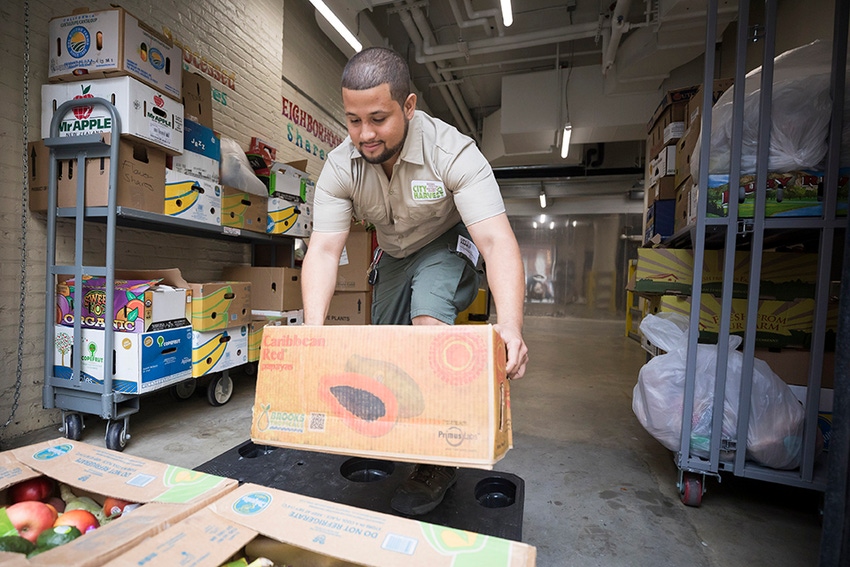
Forty million Americans struggle with hunger every day. At the same time, up to 40 percent of the food grown in the U.S. goes to waste.
Around the holiday season, when children are home from school, the need to supply food-insecure communities with healthy, wholesome food is overwhelming. Many families are forced to decide between paying for heat or electricity or putting food on the table during a time when others are celebrating the holidays with extravagant meals and gifts for their loved ones.
Various organizations around the country—food banks, businesses, soup kitchens, grocery stores, among others—work year-round to help reduce food waste and feed families in need. Around the holidays, they are working a little bit harder to make sure families and children, in particular, have access to the nutritious food they need.
Matt Smith is the director of PepsiCo’s Food for Good initiative. He has been with PepsiCo about 10 years now, and early on in his tenure, he and a group of employees started the initiative to address some of the needs in their communities. Food for Good’s efforts are focused on providing meals for low-income children while they’re not in school. The program sources meals and packs and delivers food for kids during summer break, after school, weekends and holidays.
“As we started providing more summer and after-school meals, we saw a greater need during weekends and holidays as well,” explains Smith.
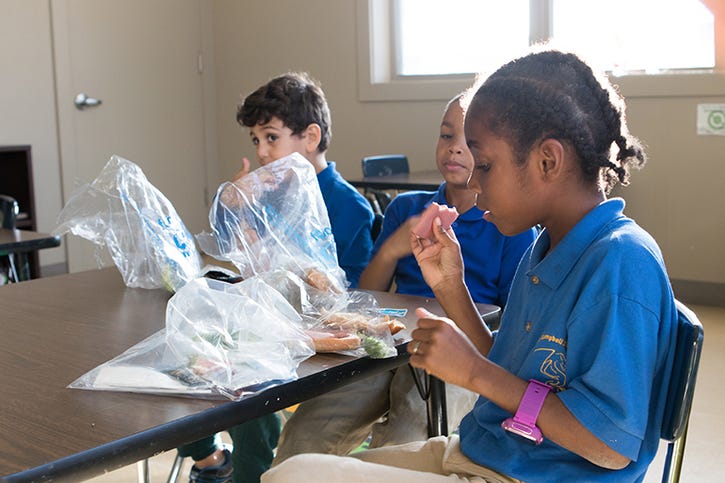
Recently, Food for Good partnered with Los Angeles-based Para Los Niños Gratts Primary School to provide free nutritious meals to the school’s 300 students every weekend through the end of the 2018-19 school year in June—supplying more than 16,000 meals in total over 28 weekends. Students will receive “weekend bundles” filled with meals that are easy for their families to prepare and include servings of whole grains, protein, dairy, fruits and vegetables. And before the school sent children off for the holiday break, it, along with Food for Good, provided bundles for kids in need to take home.
“The holidays prevent a really unique challenge both to the families that face hunger and to community organizations like food banks,” notes Smith. “There are more than 21 million kids across the U.S. that qualify based on income for free meals at school. Those kids really rely upon school breakfast, school lunch and the after-school meals. More often than not, those programs take a holiday vacation—hunger doesn’t. Those families then have the tough choices they have to make every day throughout the year—for instance, making decisions between paying a medical bill or utility bill or being able to provide food for their family. Now, during the holiday season, you add the additional financial burden of wanting to provide gifts for your kids. The reliable source of nutrition oftentimes has gone away, and there are additional financial difficulties for a family.”
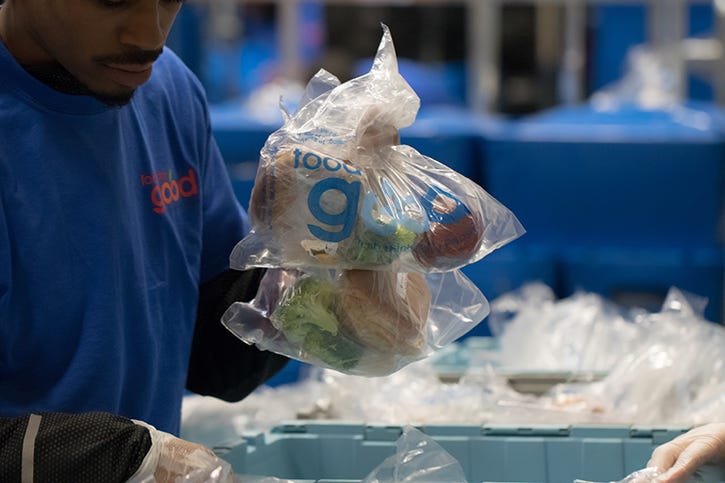
Food for Good works with food banks all across the country, and over the years, the group has learned how different the need looks in each community. Smith and his team work with food banks in more urban environments, like Dallas, Detroit and in New York City with City Harvest. The needs in those municipalities starkly contrast the needs of organizations like the Food Bank of Alaska, which often requires hovercrafts to reach families throughout its distribution area.
“It is critical for solutions to be customized by community; there is not a one-size-fits-all solution to every community. And community organizations like food banks are experts in their local communities, but they are also experts in logistics,” explains Smith. “We are in need of not just local solutions but innovation in logistics to really solve this problem. Food waste is a logistical challenge of connecting that excess food to those who need it most.”
In New York City, City Harvest has a fleet of 22 refrigerated trucks that are on the road seven days a week, picking up food from more than 2,500 food donors. They deliver food, free of charge, to hundreds of soup kitchens, food pantries and other community food programs.
City Harvest has a 45,000-square-foot Food Rescue Facility that can accept and store large quantities of fresh and packaged food, which is loaded onto trucks when they start their routes. The organization rescues and delivers some 167,000 pounds of food each day.
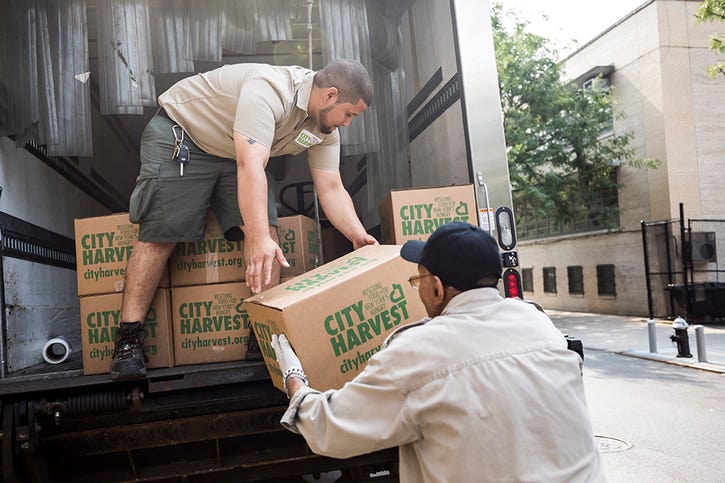
Josh Morden, agency operations manager at City Harvest, says nearly half of all New Yorkers struggle to cover their basic expenses. Of those people, about 1.2 million, or one in five, are regularly struggling to put meals on the table.
By the end of 2018, City Harvest will have rescued and distributed nearly 6 million pounds of food that would have been wasted. And the need in New York City is always on the rise.
“The need is still unmet in the five boroughs,” says Morden. “Every year, we source more food.”
Morden works directly with agencies like soup kitchens and food pantries for City Harvest’s Agency Operations Department. City Harvest delivers the raw materials to soup kitchens, which then cook the food, and to food pantries, which then to distribute the food—often supermarket style to pantry participants.
Morden remains in constant contact with the agencies on the ground feeding people every day, and they always report that the need increases during the holiday season. Additionally, they have seen more people in their lines and more people asking for more food in general.
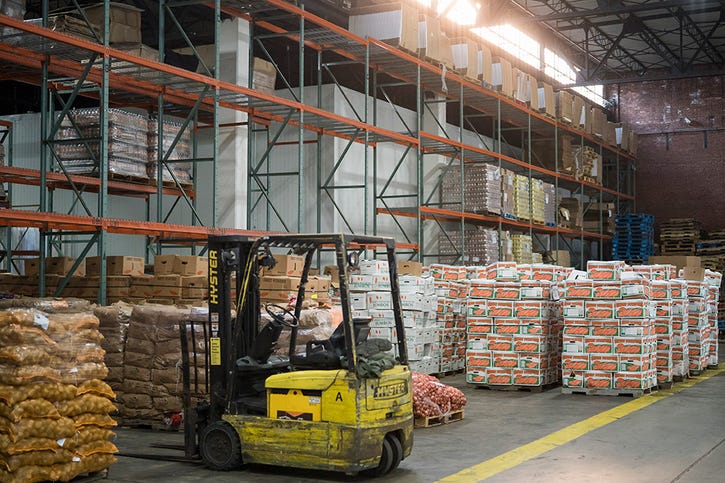
“It’s a year-round issue for many people in New York City, but there are a lot of added expenses around the holiday season that make it exponentially more difficult for people to put food on their tables. Whether it’s families traveling in and people are hosting family members and preparing meals that are larger than normal. Or just the regular things that we like to try and do around the holidays, like buying gifts for friends and loved ones,” he explains.
In Michigan, more than 1.4 million people are food insecure, including more than 350,000 children. To help provide fresh food to families in need across Metro Detroit, BJ’s Wholesale Club has donated $100,000 to Forgotten Harvest, a Feeding America member food bank. The donation will enable Forgotten Harvest to provide and distribute more than 400,000 meals to those in need.
Through its Feeding Communities program, BJ’s new clubs in Madison Heights and Taylor, Mich., opening in 2019, will donate unsold produce, meat, poultry, seafood, dairy and bakery products daily to Forgotten Harvest to reduce food waste and provide food to those who need it. To date, the program has donated more than 67 million meals to families throughout the club’s communities.

"One in six children go hungry each day in Michigan," said Kirk Mayes, CEO of Forgotten Harvest, in a statement. "For nearly 30 years, Forgotten Harvest has fought two problems: hunger and waste. That’s why we’re extremely grateful to BJ’s for their commitment to help end hunger and reduce food waste, not only to those in need throughout Metro Detroit but across all communities BJ’s serves."
Forgotten Harvest delivers 138,000 pounds of surplus food daily to more than 260 Michigan-based charities six days per week. The charities then distribute the food free of charge to families in need in Macomb, Oakland and Wayne Counties.
Curbing Food Waste to Prevent Hunger
Feeding America works to ensure safe, wholesome food is rescued before it goes to waste. And wasted food comprises 21 percent of the country’s landfills, notes Liz Baldridge, director of sustainability and food waste initiatives at Feeding America.
Feeding America develops and scales programs nationally that rescue food from manufacturers, retailers and restaurants. Baldridge explains that 72 billion pounds of food is wasted each year, with 20 billion lost in farmers’ fields and another 50 billion from consumer business.
And those figures don’t include what happens in consumers’ homes. In fiscal year 2018, Feeding America rescued 3.5 billion pounds of food and is focused on scaling pilots that could rescue even more food from across the food chain.
“Be mindful and eat leftovers, meal plan and use realistic portions,” advises Baldridge. “A lot of food waste reduction can be achieved by being aware of what you use and when. In addition, supporting companies who donate their food in the retail sector helps.”

Smith adds that each one of us throws away about a pound of food every day. He also suggests tips that everyone can implement today.
“I think we need to join in to be part of the systematic solutions,” he explains. “The things we can do today actually mirror the things we can do on a bigger scale. Each one of us can do a better job of planning our purchases—having a specific plan for the food we purchase. Storing it properly. Eating leftovers. Making sure any excess food gets donated to the communities that need it most via food banks.”
“Hunger is not partial; it is in all of our neighborhoods. And if each one of us can reach out to our local elementary school, that school counselor knows families in your neighborhood who are struggling with hunger,” adds Smith. “Or go to your local food pantry that is doing this work and really ramping up their efforts right now during the holidays to reach those families. Donating food to them, donating money, volunteering time, taking your kids—because all too often hunger is invisible in our communities. It’s in our neighborhoods and in our kids’ classrooms at school, but it’s often invisible to us.”
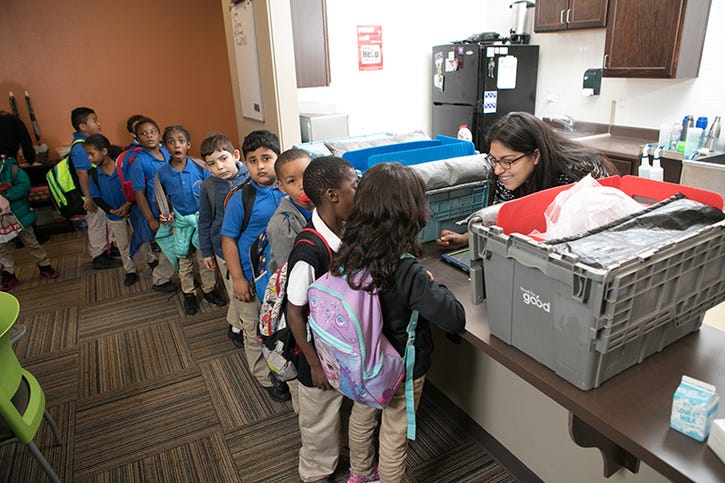
In New York City, Morden explains that City Harvest regularly informs New Yorkers that they can reduce food waste by examining their own refrigerators and by pre-planning meals to avoid over buying food at the grocery store.
“We also like to tell people that learning what expiration dates on your food really mean is helpful and that, in general, the labels are not meant to indicate food product safety, instead they are estimates from manufacturers creating them based on an estimate of when the food will taste the freshest,” he explains.
A lot of the food that City Harvest rescues is close to expiration or a little bit past expiration. The organization provides resources to help consumers get a sense for how long something will actually last in their kitchen. So, instead of discarding food that is still good, businesses and consumers alike have various options to ensure it is donated to those who need it most—year-round and especially through the holiday season.
About the Author(s)
You May Also Like




